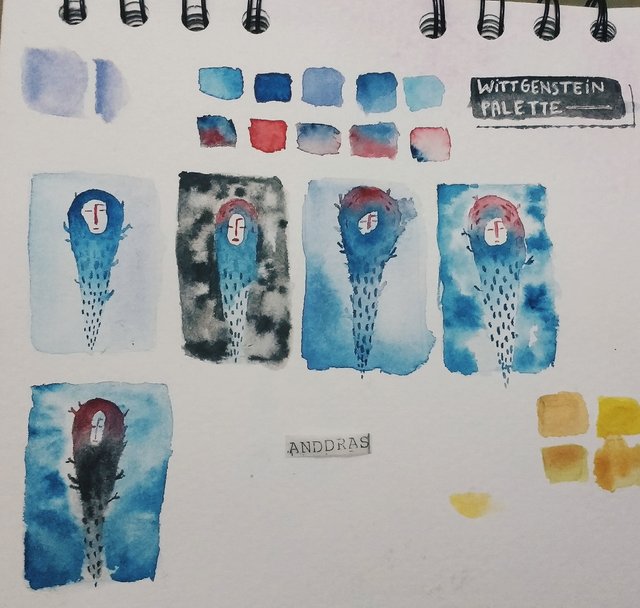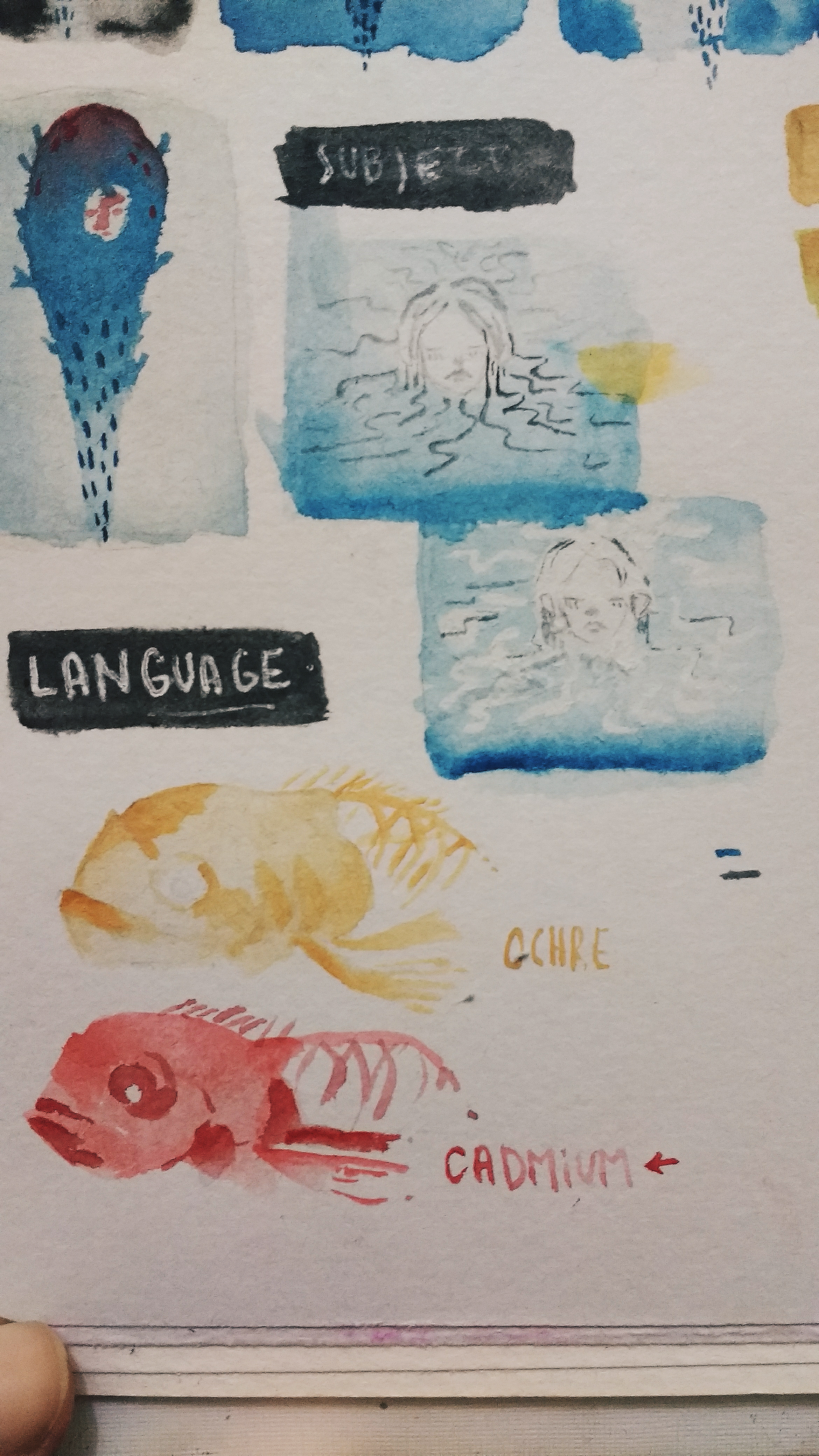El límite de mi lenguaje es el límite de mi mundo · The limits of my language are the limits of my world

(ES) ¿Carece de sentido decir que "sientes dolor"? Wittgenstein dice que sí, además, curiosamente le parecía que los filósofos complicaban todo (pero él terminó por bañarse en filosofía) y esto, a fin de cuentas, se me hace algo contradictorio y hasta cómico.
Tratando de entender la primera filosofía del primer Wittgenstein para poder representar la frase que titula este post para mi clase de Literatura y Arte comprendí que se refiere a que el lenguaje que usamos es por lo que conocemos y vemos, este está limitado por el entorno que rodea al sujeto, el contexto y otros posibles valores.
Según el Tractatus, su primer trabajo filosófico, no puedes entender el lenguaje de un león ni con un intérprete porque no conoces cómo es el mundo de un león. Vemos el significado de lo que decimos como algo misterioso y escondido pero en realidad no hay nada oculto, porque todo está a la vista.
¿Quieres saber el significado de una palabra? Entonces observa los usos de la misma en tu vida.
Concluí que este tipo estaba negado a aceptar que había un sentido más allá de lo que ya estaba. Para él, la filosofía existía porque no entendían el lenguaje, cuando en realidad lo entendieron todo. El lenguaje no tiene límites.
Por suerte, la visión de este personaje dio un giro inesperado, afirmó que la relación que él veía entre la cosa y la palabra como parte de un lenguaje general universal era totalmente errada. Pero, gracias al primer Wittgenstein, existió el segundo.
El renacido abandona la idea de que el lenguaje es una imagen, ahora va más allá de lo que ya está.
Su primera filosofía solo formaba parte de una gran cantidad de juegos del lenguaje: las palabras y sus significados son una manera de jugar.
Las personas se rompen la cabeza pensando en la naturaleza del alma. Piensan en ella como si fuera un objeto físico, así es como confunden una manera de hablar con otra.
Sin más que decir, dejaré algunas fotos del proceso y el resultado final de mi interpretación.
(EN) Is it meaningless to say that "you feel pain"? Wittgenstein says yes, besides, it seemed to him that philosophers complicated everything (but he ended up taking a bath in philosophy) and this, after all, is something contradictory and rather comical to me.
While trying to understand the first philosophy of the first Wittgenstein and be able to represent the phrase of this post’s title for my Literature and Art class, I understood that it means that the language we use is for what we know and see, which is limited by the environment surrounding the subject, the context and other possible values.
According to the Tractatus, his first philosophical work, you can not understand the language of a lion not even with an interpreter because you do not know what the world of a lion is like. We see the meaning of what we say as something mysterious and hidden but in reality there is nothing hidden, because everything is in sight.
Do you want to know the meaning of a word? Then observe the uses of it in your life.
I concluded that this guy was refusing to accept that there was a meaning beyond words. For him, philosophy existed because they did not understand language, when in fact they understood everything. The language has no limits.
Luckily, the vision of this character took an unexpected turn, he said that the relationship he saw between the thing and the word as part of a general universal language was totally wrong. But, thanks to the first Wittgenstein, there was the second.
The reborn abandons the idea that language is an image, now it goes beyond what is already.
His first philosophy was only part of a lot of language games: words and their meanings are a way to play.
People break their heads thinking about the nature of the soul. They think of it as if it were a physical object, that is how they confuse one way of speaking with another.
Without more to say, I will leave some pictures of the process and the final result of my interpretation.









Material used:
- Pan and tube watercolors: Rubinstein
- Colored pencils: Prismacolor
- Mechanical pencil
- Coldpressed watercolor paper 200gr: Moleskine
- Masking Fluid: Grafix
- Waterbased gold paint
Material utilizado:
- Acuarelas en pastilla y tubo: Rubinstein
- Colores: Prismacolor
- Portaminas
- Papel de acuarela prensado en frío 200gr: Moleskine
- Líquido de enmascarar: Grafix
- Pintura al frío dorada
Te puede interesar: Iniciate en la acuarela I
—
InstagramFacebook Behance YouTube
Me gusta mucho como nos mostraste el proceso, se ve que es algo que haces con muchísima pasión y esfuerzo. El resultado ha sido hermoso. Gracias por un trabajo tan sensible. Me encantó el título.
Tu artículo ha sido votado por Celf (@celfmagazine), somos un proyecto que tiene como objetivo promover, recompensar y apoyar el arte mediante Steem y aprender de artistas y creadores como tu. Te invitamos a nuestro servidor "Comunidad Artística Hispano Hablante": https://discord.gg/fbpR3Ef
Muchas gracias por el comentario :-) llevaba tiempo en búsqueda de una comunidad como esta, me agrada saber que sí existe.
Excelente ejecución y poderoso mensaje que transmitiste con tu arte. Muy buen trabajo!
Men encanto el estilo que tienes ademas de la manera que haces los detalles, te ganaste una nueva seguidora, realmente me gusto tu trabajo sigue asi <3
Que belleza